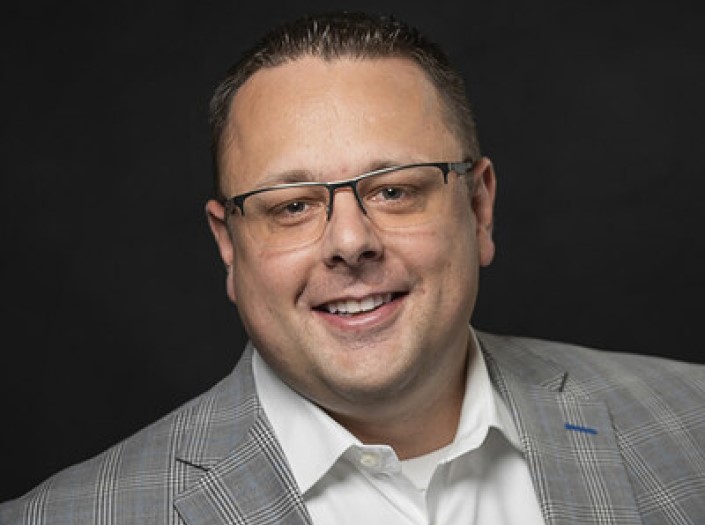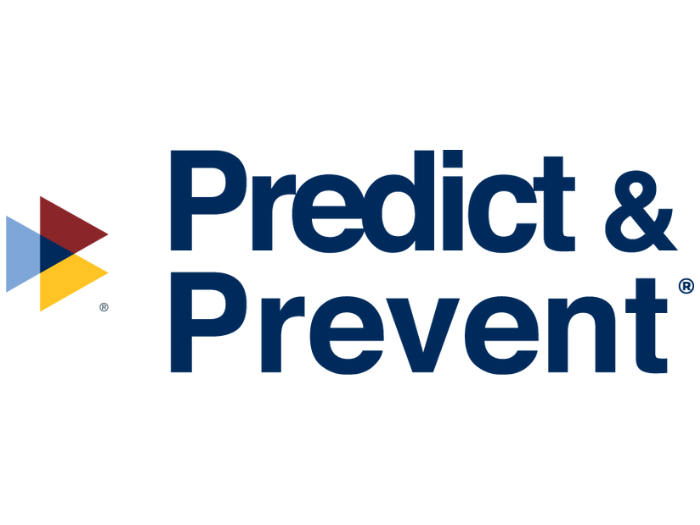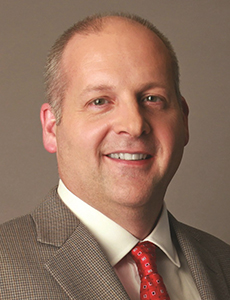Sponsored Content by One Call
Does Your Workers’ Comp Patient Suffer from Acute or Chronic Injuries?
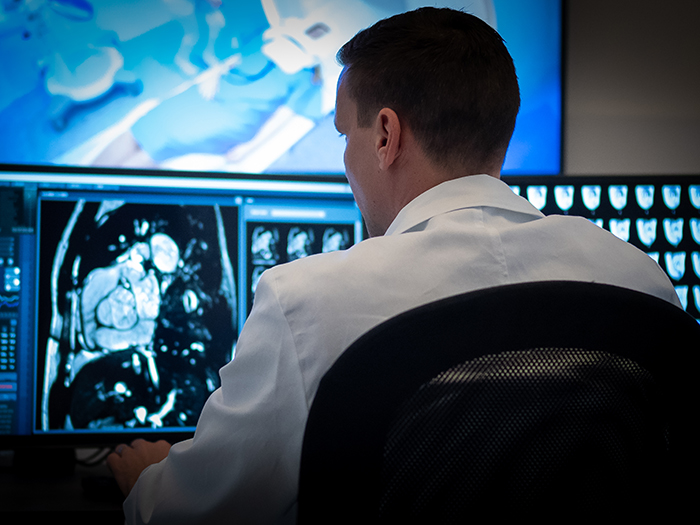
Workers’ compensation professionals are required to make critical decisions, often with limited information. Having a better understanding of a patient’s injury or status can significantly impact the outcome.
Claims insight tools are valuable resources that offer critical information for managing the direction of a workers’ comp claim. These tools vary greatly and are leveraged throughout the claim’s lifecycle. When it comes to claims involving diagnostic imaging, we have seen an evolution in how claims insight tools are built and leveraged.
One example is Age of Injury (AOI), which can provide much needed clarity on the timeline and causality of an injury. When completing an AOI report, an independent radiologist reviews the injured worker’s diagnostic images and interpretation to determine whether the injury is new or pre-existing.
From a claims perspective, having resources like AOI on hand allows workers’ comp professionals to quickly decide whether they will accept the claim, engage with an independent medical examiner (IME), fast track surgery, or choose a more conservative approach to care.
“The tools have evolved from simply determining compensability to providing insights for better decision-making about the claim and its direction,” said Darren Barr, vice president of product management at One Call. “This has created a better conversation piece for physicians, claims examiners, nurse case managers, and injured workers to speak to the truth of the injury and level set those claims.”
Barr notes the evolution of claims insight tools has allowed other stakeholders like attorneys to utilize them as well.
“These tools have come a long way,” he stated. “They’re independent, objective, defensible, and have more efficacy. And more stakeholders than just the workers’ comp professional are leveraging them to improve the outcomes on injured workers’ claims.”
Why Are Claims Insight Tools Becoming More Commonly Used?
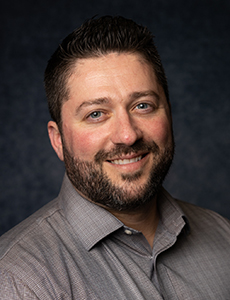
Darren Barr, vice president of product management, One Call
Having an independent radiologist examine the findings brings an unbiased, expert opinion into the claim. The objective findings make diagnostic reports like AOI more acceptable for broader usage. Physicians and IMEs are reviewing them on a regular basis. Claims examiners are also leveraging them on large subsets of files.
Some in workers’ comp may be hesitant to order imaging early due to costs, preferring instead to start with physical therapy and see if things improve. However, pairing an AOI with early imaging can uncover the truth of an injury faster, expediting the treatment plan’s next steps.
“The original school of thought had been to do physical therapy for six to eight weeks, and then if it doesn’t get any better, do an MRI,” said Dr. Jonathan Luchs, MD, FACR, chief medical officer, Premier Radiology Services. “The problem is a lot of that literature didn’t take into consideration the function of an MRI. It can determine if something is acute or chronic, meaning that the sooner you get the MRI to the time of the injury, the easier it is to determine if it is acute.”
When early imaging is put into practice, it can deliver surprising results. But getting MRIs done during the acute phase doesn’t mean all findings turn out that way. In his experience, Barr revealed that early diagnostic imaging has uncovered a staggering number of chronic conditions.
“Seeing that more than 50% of injuries were exclusively chronic was eye-opening. We expected maybe 30%,” he said. “Even 20-year-olds were showing chronic conditions too. [Patient] age wasn’t necessarily the determining factor.”
Does the Injury Match the Incident?
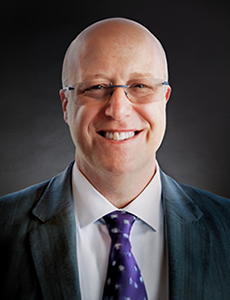
Dr. Jonathan Luchs, MD, FACR, chief medical officer, Premier Radiology Services
While AOI supports compensability decisions and determines whether an injury is new or pre-existing, it doesn’t indicate the injury was caused by a specific workplace incident. Another tool known as Advanced Record Review (ARR) was meant to solve that problem.
“Musculoskeletal and neuroradiologists are trained to not only interpret images and findings but also understand the mechanics of injuries,” Luchs stated. “The Advanced Record Review provides the radiologist with more insight into the patient’s condition at the time of the MRI.”
ARR offers a deeper, forensic analysis of the claim, going beyond simply aging the injury. Looking at the patient’s job type, comorbidities, and incident details, the report helps draw a clinical conclusion as to whether the findings on the medical images were a direct result of a stated work-related incident. The information found in an ARR can be critically important to determining compensability and limiting exposure on certain cases.
“This tool is particularly valuable in litigated files, high-cost, high-profile cases, and situations where there is confusion or questions about how the employee injured themselves.” Barr said. “It provides a final confirmation of whether an injury is work-related or not. While Age of Injury has become a more holistic tool, ARR has really become the tool to assist in determining ownership of a claim.”
Supporting Every Aspect of the Claim and Driving Outcomes
AOI and ARR offer a cost-effective way to mitigate significant risk, exposure, and waste on claims. These tools also align key stakeholders, which can lead to a more positive outcome.
In workers’ compensation, the goal is to get patients back to baseline. And depending on the injured worker’s condition, baseline isn’t always zero.
The information found in these reports enables treating physicians to focus on what is related to the workplace incident. Doing so helps eliminate over treatment and contain medical expenses. As imaging tools have evolved, the way workers’ comp stakeholders use them has evolved as well.
“The industry has shifted towards using these tools to gain better insights into claims, injuries, and the overall situation, enabling the development of more ethical treatment plans and improved claims-making decisions,” Barr said. “The focus is now on paying more appropriately for what’s related to the workers’ comp incident and injury.”
Barr has also seen physicians frequently use the tools to adjust their treatment plans, ensuring patients receive the best care possible.
“The number of claims where physicians adjust their treatment based on these tools is growing. It demonstrates the value and impact of the resources we provide,” he said. “We would love to see this become more of a standard practice in the workers’ compensation industry.”
To learn more, visit: https://onecallcm.com/.
This article was produced by the R&I Brand Studio, a unit of the advertising department of Risk & Insurance, in collaboration with One Call. The editorial staff of Risk & Insurance had no role in its preparation.







